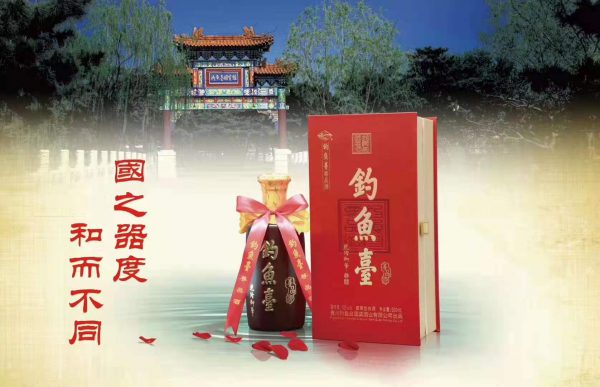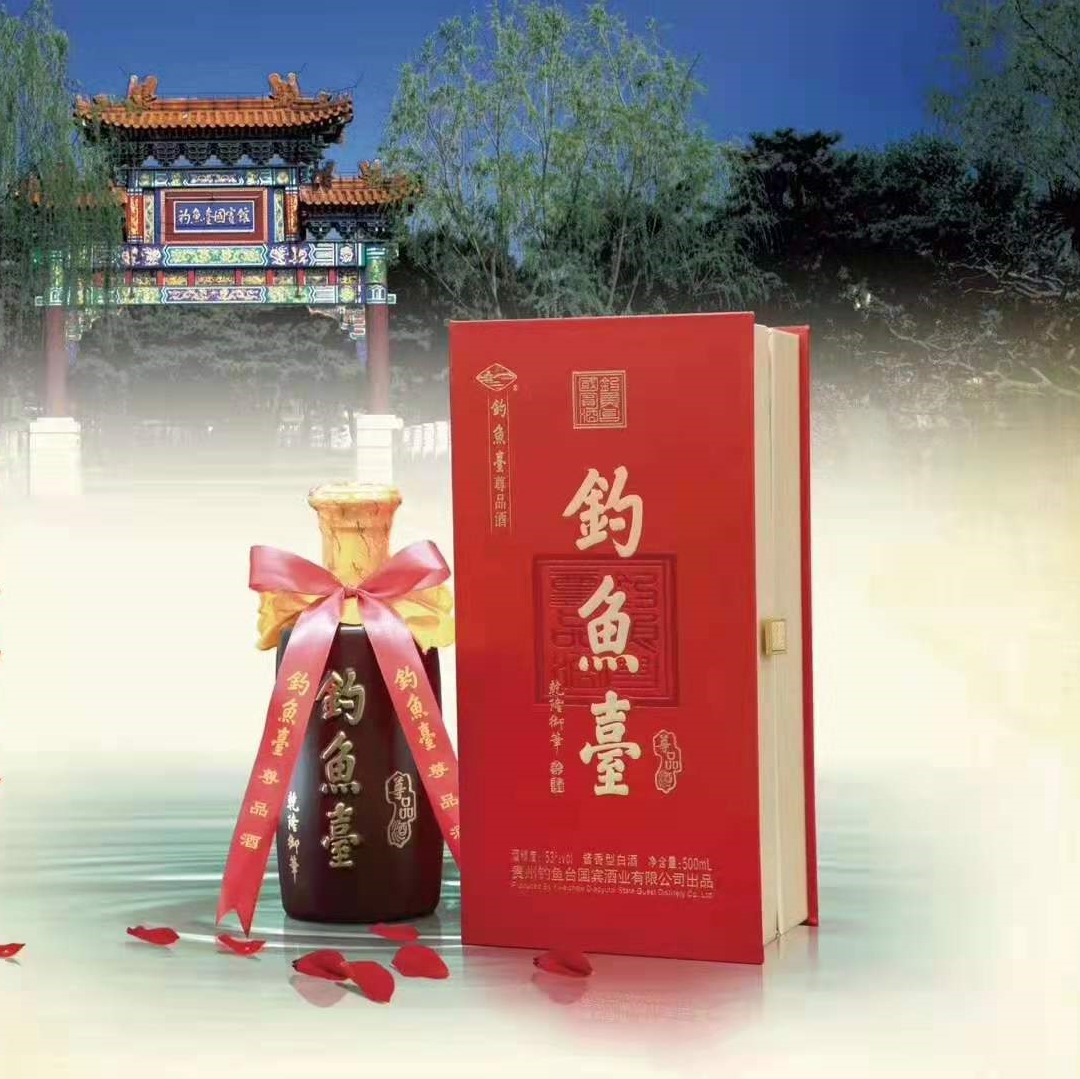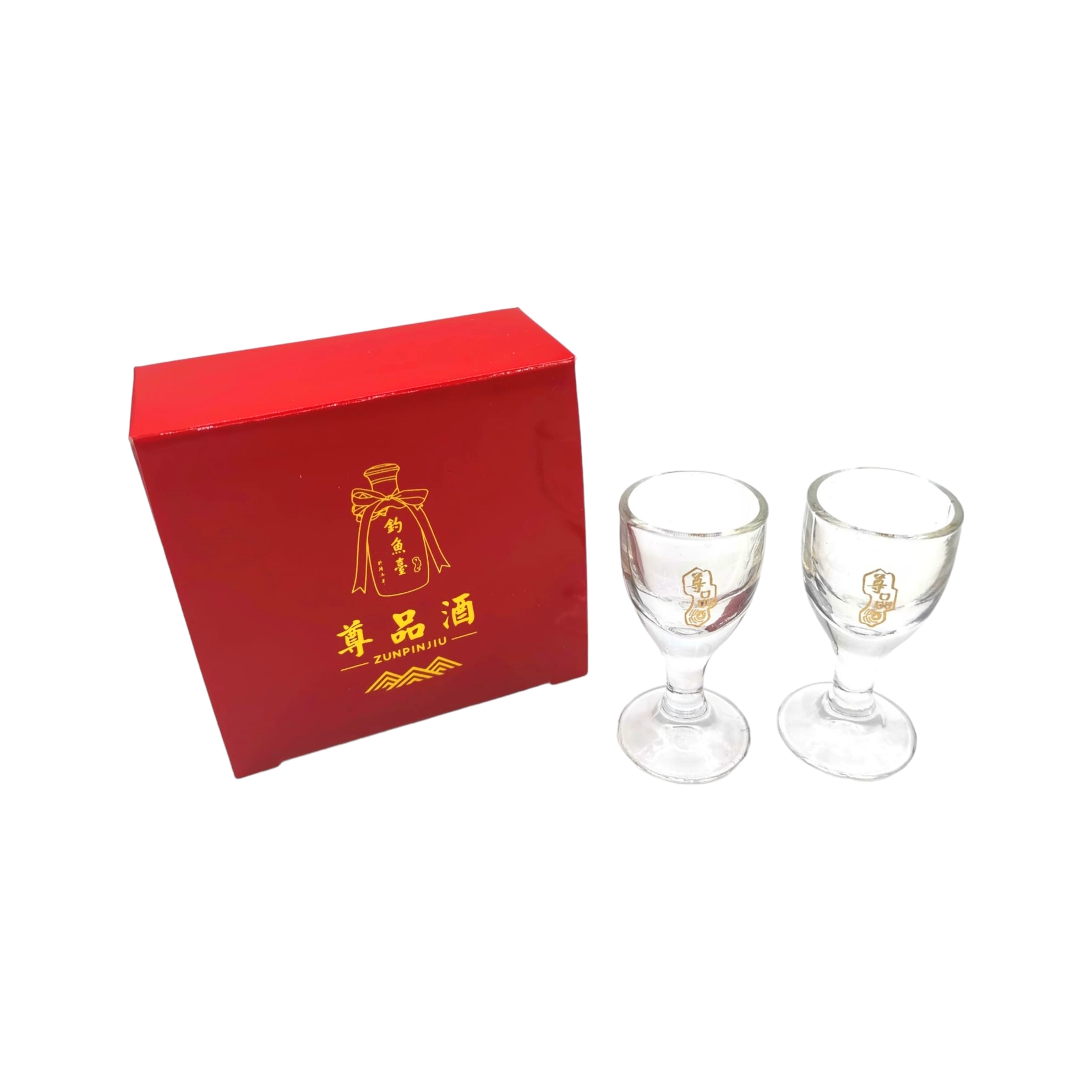Diaoyutai Jiang-Flavor Chinese Spirits – Chinese Sauce-flavor Baijiu (Special Free Gift – Diaoyutai Baijiu glasses x 2pc)
HKD $2,280.00 – HKD $3,080.00 / pc
Diaoyutai Jiang-Flavor Chinese Spirits – Chinese Sauce-flavor Baijiu – 53%
Place of Origin: Ya Maotai Town, Guizhou Province
Raw materials: local red sorghum, wheat, water
Guizhou Diaoyutai Guobin Liquor Co., Ltd. is located in Maotai Town on the banks of Chishui River (also known as Meijiu River).
Following the traditional Maotai-flavor wine brewing process “12987 Technology”, adhering to the tenet of “first-class quality, top brand”, we insist on taking quality as our life and integrity as our foundation.
The wine has a smooth body, rich aroma, and mellow taste, and the aroma lingers in the empty cup. It is suitable for entertaining distinguished guests and giving gifts.
Description
**Remark**

Gift Description:
The brewing process of Diaoyutai Jiang-Flavor Chinese Spirits (Chinese Sauce-flavor Baijiu) is called as “12987” process
- 1 year production cycle
- 2 times feedings – namely the Dragon Boat Festival for making koji and the Double Ninth Festival.
The temperature rises after the Dragon Boat Festival, which meets the requirements for high temperature conditions for making koji.
At the same time, the wheat matures around the Dragon Boat Festival, which meets the demand for raw materials for making koji. - 9 times steaming
- 8 fermentations
- 7 pick up drinks
In addition, it needs to be stored and aged for 5 years before it can be blended. Therefore, after the fermented rice wine is baked, it must go through the process of “long-term aging”.
Because the production cycle is long and the process is complicated and rigorous, this is where the value of Maotai-flavor wine lies.
How to taste Jiang-Flavor Chinese Spirits – Chinese Sauce-flavor Baijiu
1. Raise the cup to your eyebrows and watch the color with your eyes (look at the color)
Use your eyes to look up and down, gently shake the wine glass to observe the transparency of the wine, and then turn the wine glass counterclockwise to observe the degree of hanging of the wine.
The traces of high-quality liquor on the cup are obvious and even, like silk, and the liquid in the cup is clear and transparent without any impurities. The best color of liquor is colorless, clear and transparent, with no suspended matter and no precipitation.
Due to differences in technology, storage methods and time, the color of wine can also be slightly yellow.
2. Pour the cup over your head and smell the fragrance (smell the fragrance)
Place the wine glass under your nose, with your head slightly lowered, keeping a distance of 1-3cm between the glass and your nose, and at a 30° angle close to the tip of your nose. Don’t shake the glass at first, inhale naturally and smell the aroma of the wine as it evaporates (overflows);
Then slowly shake the white wine glass in front of your nose with your hand to feel the aroma of the wine.
When sniffing, you can only inhale the wine, not exhale.
Good wine has a harmonious aroma, with natural grain aroma, fruit or flower aroma, pleasant feeling, and prominent main aroma.
3. Savor slowly and taste the taste (taste the taste)
The five basic human tastes are sour, sweet, bitter, salty, and umami. The tip of the tongue is sensitive to sweetness, the tip to both sides of the tongue are sensitive to salty, both sides are sensitive to sourness, and the base of the tongue is sensitive to bitterness.
The key to tasting liquor is to control the imported volume, preferably 1-2 ml. The entrance should be slow and steady, take a small sip and let it stay on the tip of the tongue for 1-2 seconds, mainly to experience the sweetness of the wine.
Then lightly touch your tongue to your palate, allowing the wine to infiltrate and spread over the entire tongue. Curl and turn your tongue to fully contact the palate, throat membrane, and buccal membrane, allowing the mellow and smooth wine to permeate the entire mouth.
Carefully evaluate the mellowness, fullness, delicateness, softness, harmony, refreshment and irritation of the wine. After 2-3 seconds, slowly swallow the remaining wine in the mouth, then open your mouth to inhale, and quickly close it and exhale.
Let the alcohol odor be discharged from the nostrils with your breath, check whether the alcohol odor is pungent and the intensity of the aroma, and determine the aftertaste of the wine.
Then increase the import volume appropriately to determine the length of the wine’s aftertaste, whether the tail taste is clean, whether it is sweet or bitter, and whether there are any unpleasant feelings such as throat irritation.
The best wine is soft in the mouth and smooth in swallowing. Good liquor is generally slightly sweet, mellow and not irritating.
4. Melt color, fragrance and get its style (understand its style)
Style is an evaluation of the comprehensive performance of the color, aroma and taste of the wine. Differences in raw materials and production processes create diversity in liquor. Even if the raw materials and processes are roughly the same,
Through careful blending, you can also create your own style.
Additional information
| Weight | 1.52 kg |
|---|---|
| Dimensions | 31 × 19 × 11.5 cm |
| Years | |
| Purpose | Business Opening, Entrepreneur / Promotion, New Home, Birthday, Graduation, Express Gratitude, Lunar New Year |



